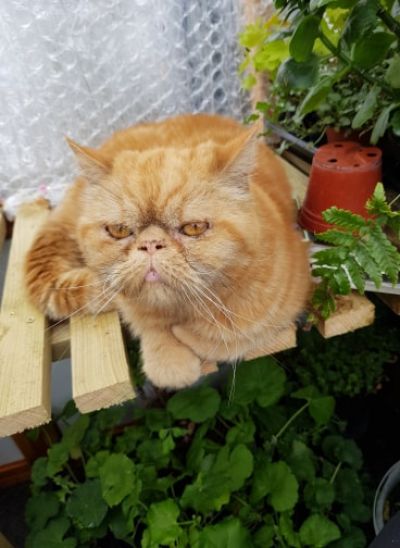
Posted By:
We only get two eyes in life, and when eyes go wrong they can deteriorate rapidly. There are many conditions of the eye in animals, but some are more common than others and one that we see very regularly is ulceration to the external surface of the eye (the cornea). This can be caused by a number of things.
One cause would be abnormalities to the eyelids or eyelashes, meaning that they grow in the wrong place and therefore rub and traumatise the surface of the eye. Another cause can be foreign objects such as grass seeds that can get stuck under the eyelids again traumatising the surface of the eye. Commonly in cats we see ulceration secondary to a viral infection or following trauma to the eye during specific feline disagreements! In some animals, particularly our brachycephalic breeds with their large, protruding eyes, the eyelids struggle to meet each time that they blink (lagophthalmos) which means the tear film that is produced is not evenly distributed across the eye surface which dries out the eye. There is also a specific condition called ‘dry eye’ or ‘keratoconjunctivitis sicca’ which is where the body fails to make sufficient tear film to adequately lubricate the eye.
Garfield, an incredibly handsome Persian cat, presented to me after his owners noticed some changes to his right eye. He appeared to be consistently squinting and holding his eye shut and there was some abnormal discharge present too. On examination the surface of the eye was cloudy rather than clear and shiny and there was a obvious depression in the centre, indicative of an ulcer. You may have seen us apply a yellow-green dye, called Fluorescein, to your pets eyes before, this allows us to definitively check whether an ulcer is present or not because the dye stains any ulcerated tissue. For Garfield, a large area of his eye stained yellow-green and so our diagnosis was made.
On paper, the treatment for eye ulcers looks very straight forward, ‘just apply these drops to his eye up to four times a day’. But in reality, we know its not that simple, often you need two pairs of hands, one to do the holding and the other to do the eye drop treatments. We also appreciate that work schedules mean that doses in the middle of the working day aren’t so easily performed. Thankfully for Garfield, his owners were very dedicated and tried really hard with the eye drops. Although it took a little more time than usual, no further intervention was required because his ulcer improved at every re-examination and finally a clinical cure was reached, he could go back to his normal day to day life with two healthy eyes!
As our feline friends get older there are a few conditions...
Another winter discussion group season is now behind...
We used a client’s new Morris Remote Control...
©2024 Shepton Veterinary Group Ltd., All rights reserved.
Privacy Policy • Terms & Conditions • Cookie Policy